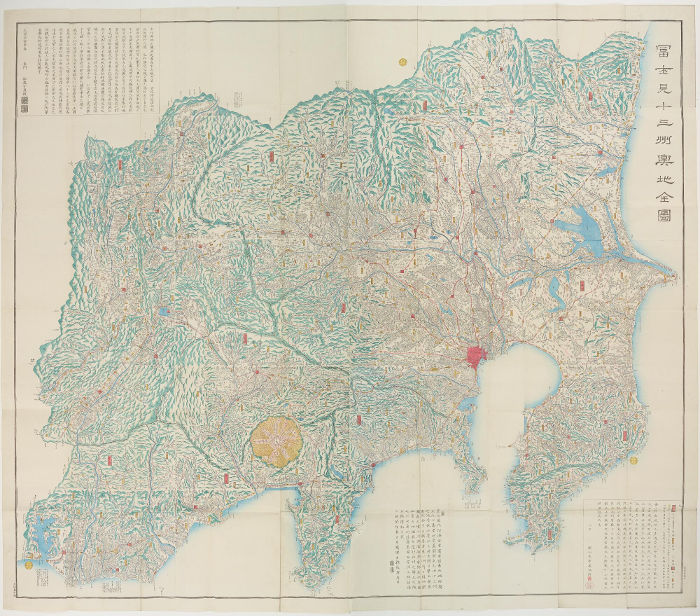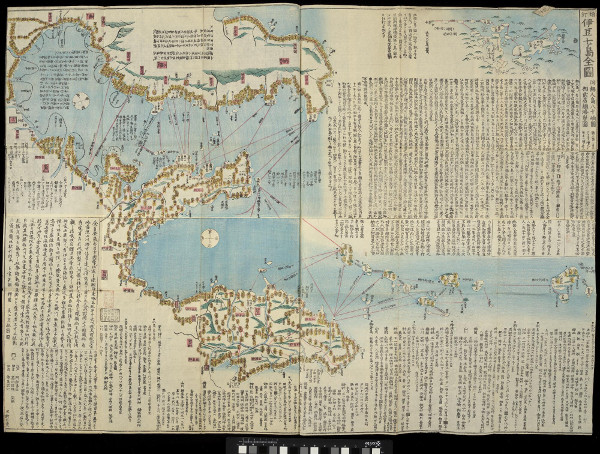An Interconnected Country
Tokugawa Japan was a partially centralised state.
The Tokugawa had direct control of a large area in the main Honshū island, centred on their capital, Edo (now Tokyo). They also administered a number of strategic locations scattered throughout the country, including Kyoto (the imperial capital) and Nagasaki (the main outward-looking port). Their possessions amounted to roughly one-third of Japan. The rest of the territory was administered by more than 250 daimyō (local lords), who were called to swear loyalty to the Tokugawa. While partially autonomous, daimyo delegated power to the Tokugawa on a number of matters, including national security and foreign policies.
People had to travel to keep this complex political structure working.
Messengers and samurai on duty for lords and the Tokugawa commonly moved between different areas of the country. Tokugawa asked daimyō to prove their loyalty by building mansions in Edo and taking part in sankin-kōtai (alternate attendance). Lords left their wives and children in Edo as hostages, and alternated living between the city and their own local lands. This led to the rapid growth of Edo, which came to attract products and workers from all over the country. Other cities where the military elite was based also grew, with the development of a busy national commercial and communication network.
Thanks to this network, even people who never had the occasion to leave their home villages were aware of being connected with a larger political entity.
Commercial maps and other topographical sources helped them visualize the Tokugawa state and the relations between different areas within it.


